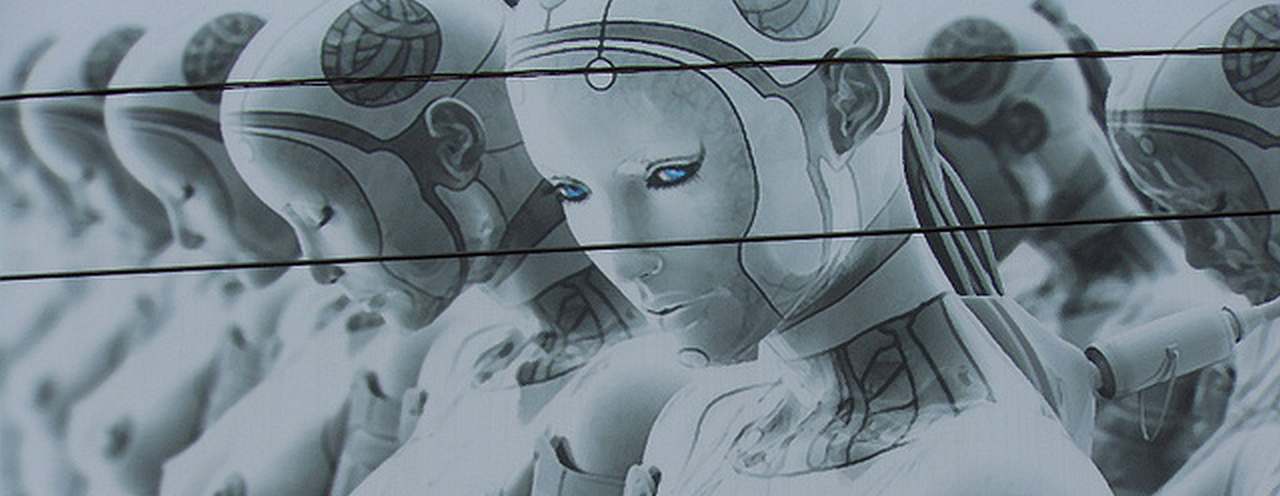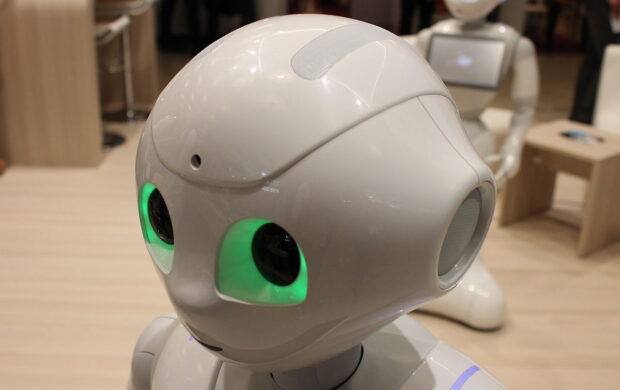Amongst a global sex toy industry worth $15 billion are companies applying robotics to sex dolls. Books and articles which have argued this could reduce violence and exploitation in the sex trade by replacing human sex workers, have now sparked opposition. ‘The Campaign Against Sex Robots’ was launched in September 2015 by anthropology and robotics academics who claim such robots will not displace prostitution but only further encourage the treatment of humans as objects and lead to worsening human relations.

Dr Kathleen Richardson, a robot anthropologist and senior research fellow in the Ethics of Robotics, at the Centre for Computing and Social Responsibility (CCSR) at De Montfort University, UK, launched the campaign with Dr Erik Brilling, a researcher in robot learning at Skovde University, Sweden, following her academic paper on the subject entitled: ‘The Asymmetrical ‘Relationship’: Parallels between Prostitution and the Development of Sex Robots’.
In the same way that concerns over the effect of lethal military robots which “take humans out of the loop” led to ‘The Campaign to Stop Killer Robots’, Brilling suggests a campaign is necessary against robots which take humans out of the loop of sex and relationships. The campaign claims these robots are potentially harmful and will diminish capacity for empathy and reinforce objectification and unequal power relations.
A company in the US has a ‘realistic’ sex doll on the market called Roxxxy for $7,000, which talks and responds to touch. A paper published in the journal Futures argued Amsterdam’s red light district would be full of androids in 2050. Ronald Arkin, Georgia Tech’s Mobile Robot Lab director, has suggested ‘child-like robots could be used for paedophiles the way methadone is used to treat drug addicts’.
In her paper, Brilling takes particular aim at claims made by David Levy in his book ‘Love and Sex with Robots’, in which he predicts that by 2050 sex work will be replaced by sex robots and it will be commonplace for them to play the role of emotional companions and even legal spouses for those who struggle to form human relationships.
Brilling argues the development of sex robots is modelled on client/prostitute relations, which she argues involve the treatment of the seller of sex as a ‘thing’. Sex robots, the logic runs, are dangerous because they extend relations of objectification and encourage empathy to be “turned off” altogether. She describes empathy as the “social glue” that holds society together, preventing violence. With the development of sex robots, without subjectivity or corresponding rights, the possibility for the buyer of sex to experience empathy is severed entirely and relations of objectification are normalized and absolved. This will spill over into human relationships, Brilling argues, by legitimating “a dangerous mode of existence” where “humans can move about in relations with other humans but not recognize them as human subjects in their own right.”
According to the campaign, robots won’t displace prostitution but will only reinforce the sex trade and “contribute to gendered inequalities found in the sex industry”. Brilling’s paper points to how historically the introduction of new technology ‘supports and contributes to the expansion of the sex industry’ and how the growth of the internet has been concurrent with a rise in prostitution and the amount of pornography produced. The proportion of British men who reported having paid for sex, rose from 5.5% in 1990 to 8.8% by 2000.
The Second International Conference on Love and Sex with Robots was due to be held in Malaysia in November 2015 but the Malaysian authorities declared it illegal and told organisers to find another country to host it. The decision was made independently of the campaign.









